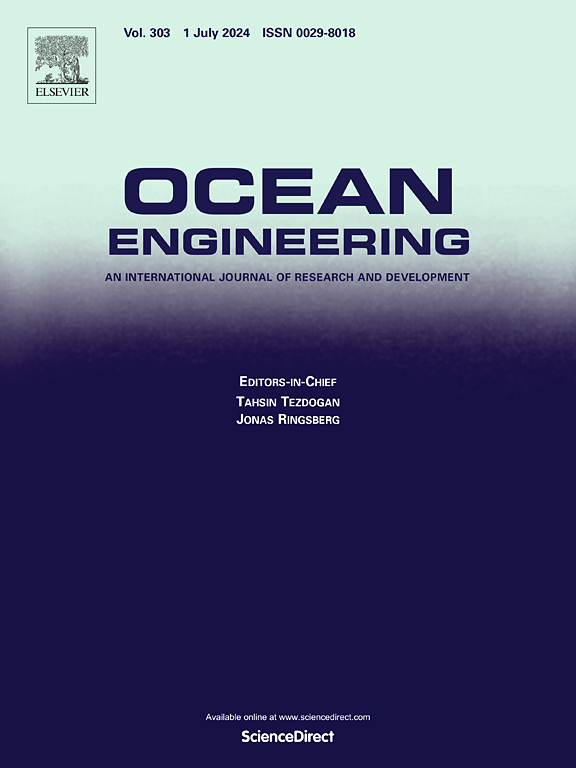Improved mode superposition method for hydrodynamic analysis of underwater piles under seismic excitations
IF 4.6
2区 工程技术
Q1 ENGINEERING, CIVIL
引用次数: 0
Abstract
Conventional mode superposition methods for seismic analysis of underwater structures are based on modal orthogonality. However, they introduce errors when dealing with hydrodynamic problems because the hydrodynamic term does not actually satisfy this property. Additionally, previous studies for hydrodynamic responses often assumed structures to be fixed on a rigid base; however, the embedded portion of piles cannot provide sufficient rigidity for the submerged portion as the rigid base does. In this study, we propose an improved method that addresses the non-orthogonality of the hydrodynamic term by incorporating the hydrodynamic force contributions from other modes. Furthermore, the method accounts for base flexibility by modeling the embedded portion of a pile as an equivalent spring matrix. Comparisons with the conventional method indicate that the hydrodynamic effects from other modes are significant under flexible base conditions or when there is pile-head mass. Moreover, parametric analyses of pile seismic responses under near-fault and far-field earthquakes reveal that base flexibility and pile-head mass significantly influence the hydrodynamic forces and associated pile response envelopes, depending on the proximity between the system's resonance frequency and the predominant frequencies of the input motions.
求助全文
约1分钟内获得全文
求助全文
来源期刊

Ocean Engineering
工程技术-工程:大洋
CiteScore
7.30
自引率
34.00%
发文量
2379
审稿时长
8.1 months
期刊介绍:
Ocean Engineering provides a medium for the publication of original research and development work in the field of ocean engineering. Ocean Engineering seeks papers in the following topics.
 求助内容:
求助内容: 应助结果提醒方式:
应助结果提醒方式:


